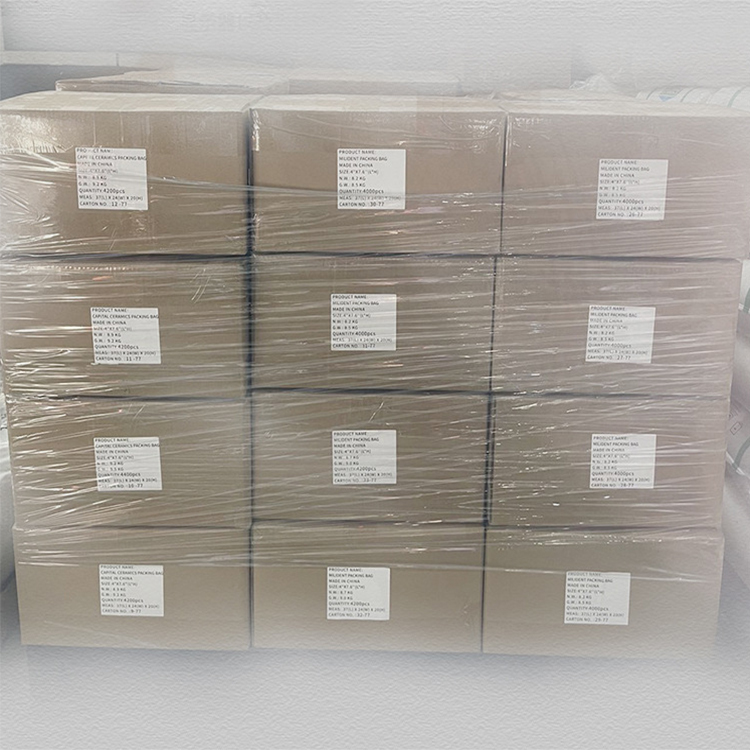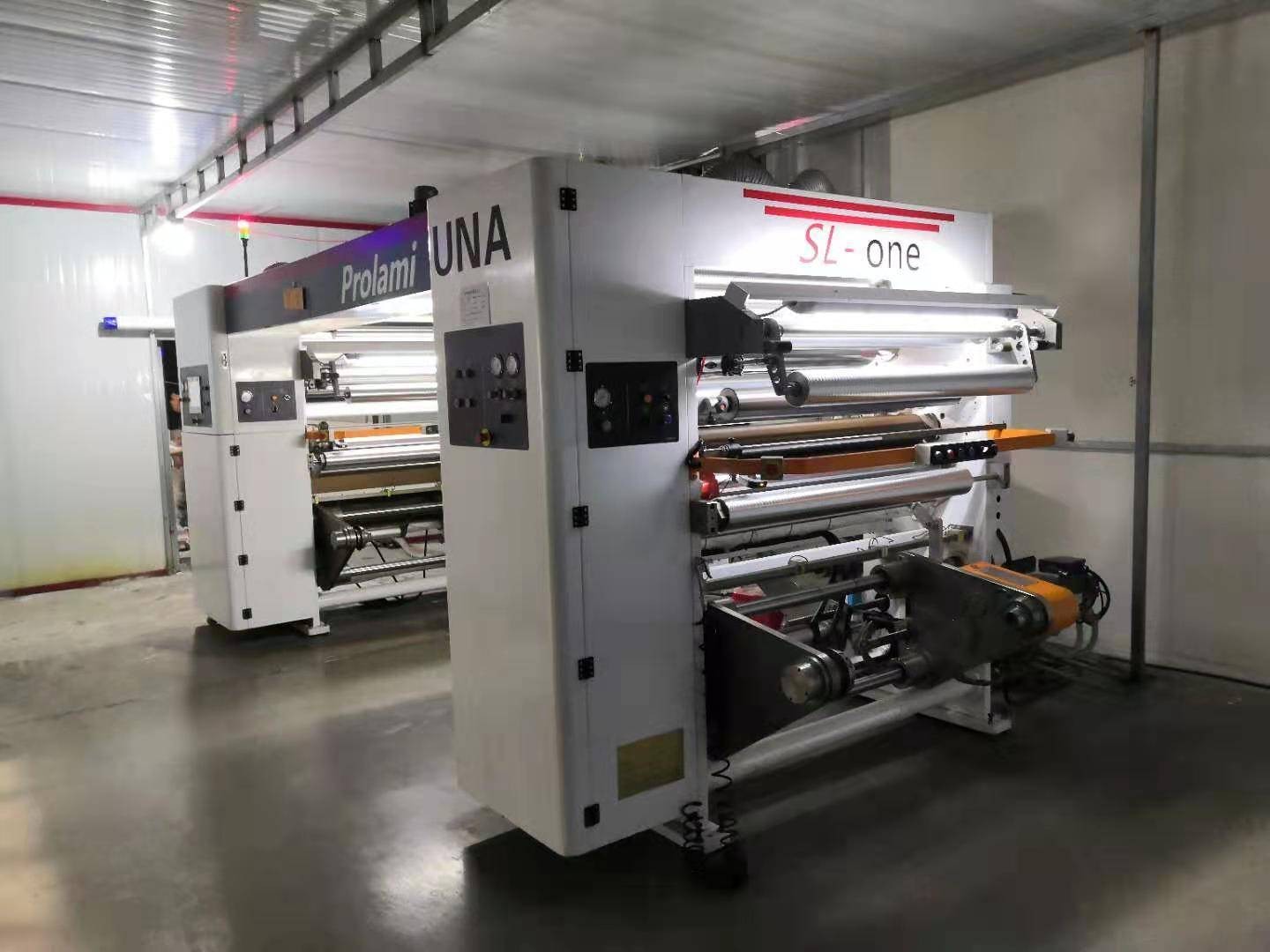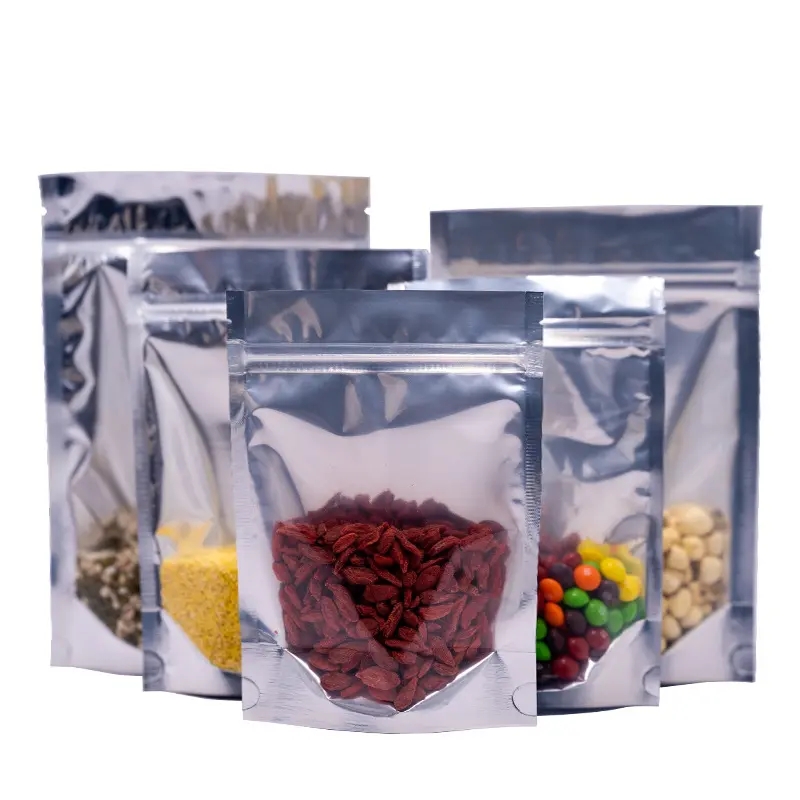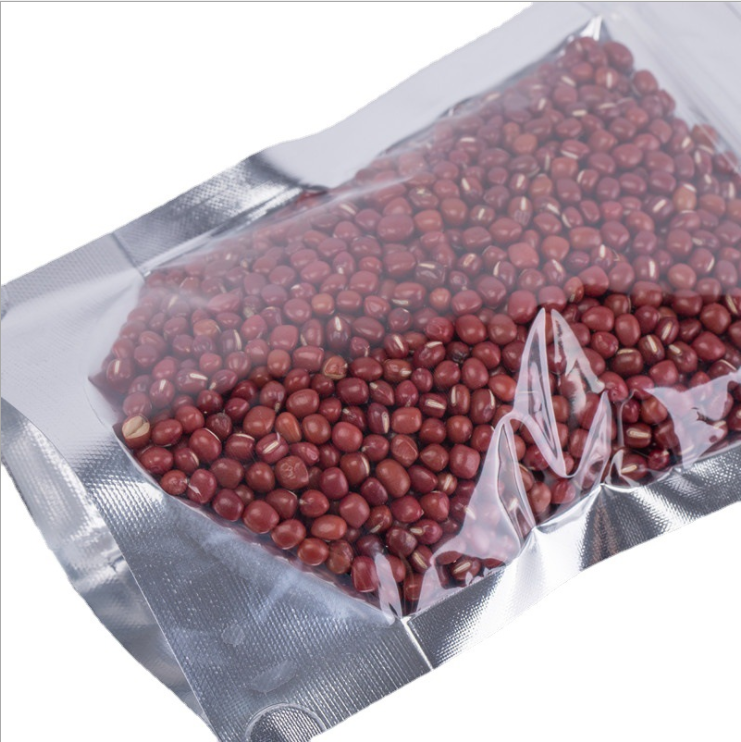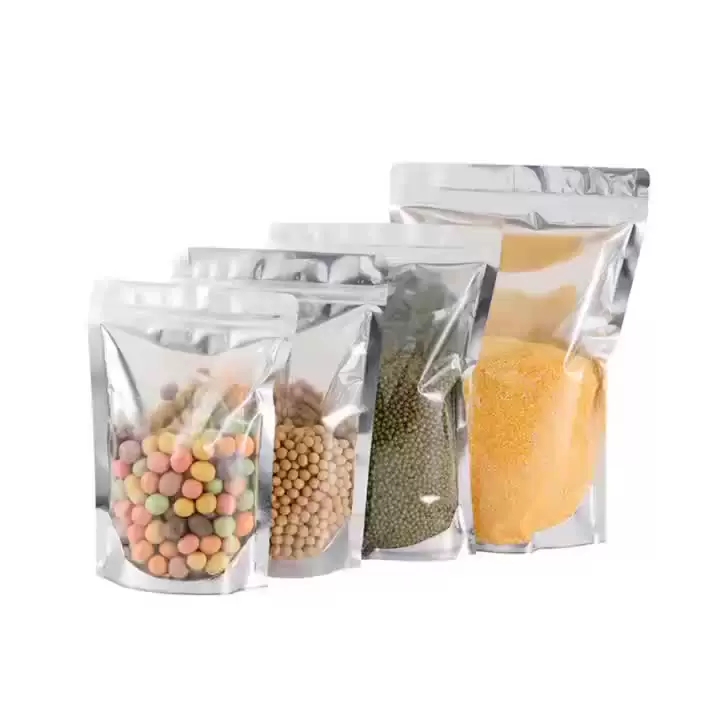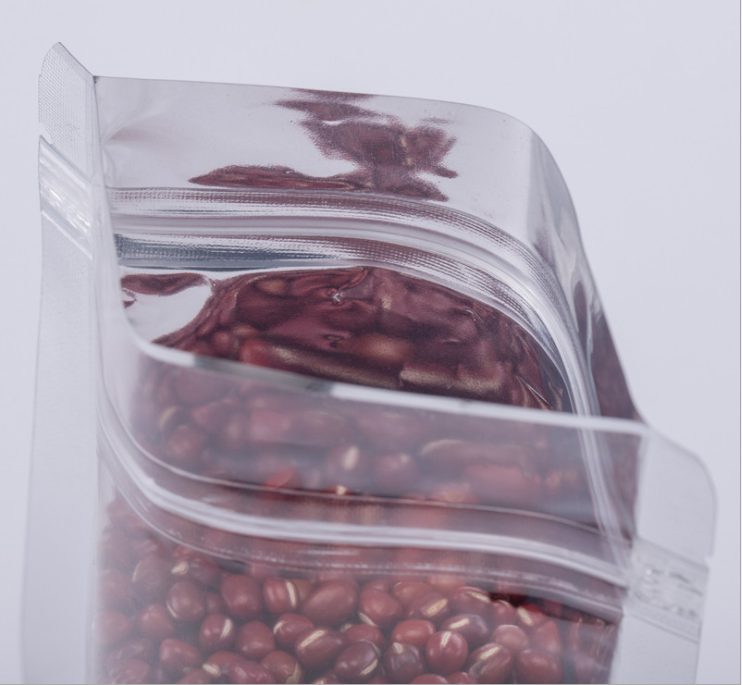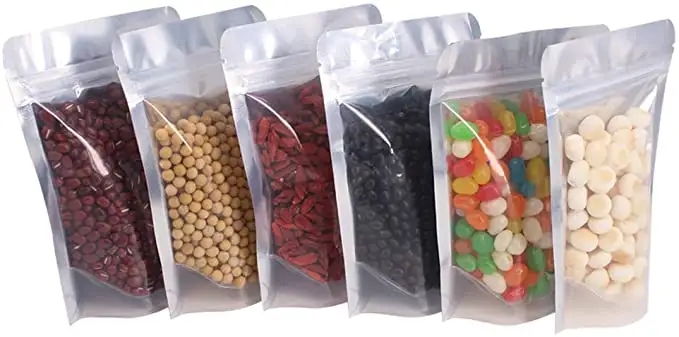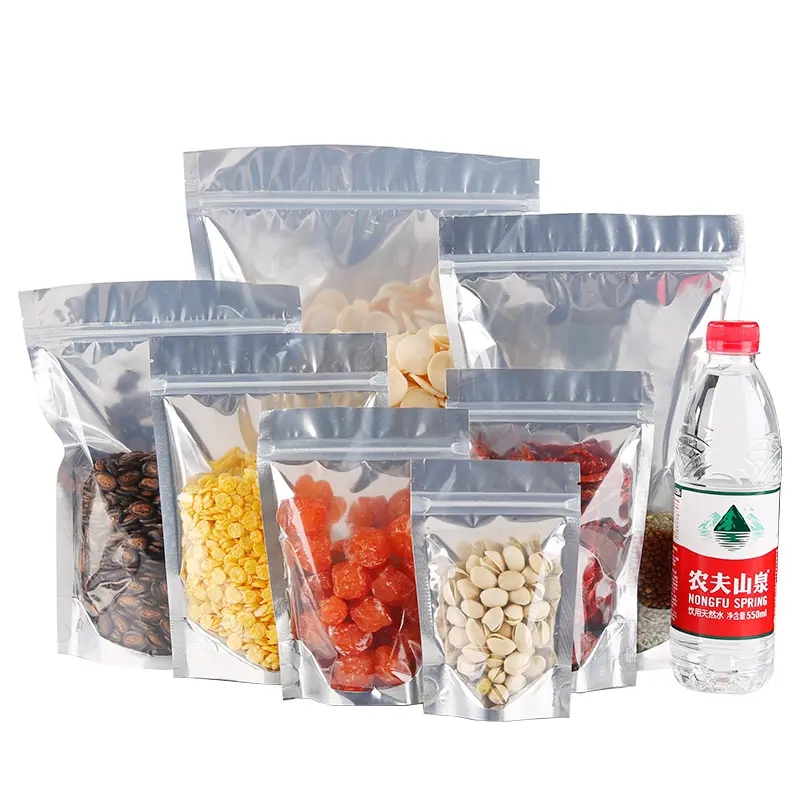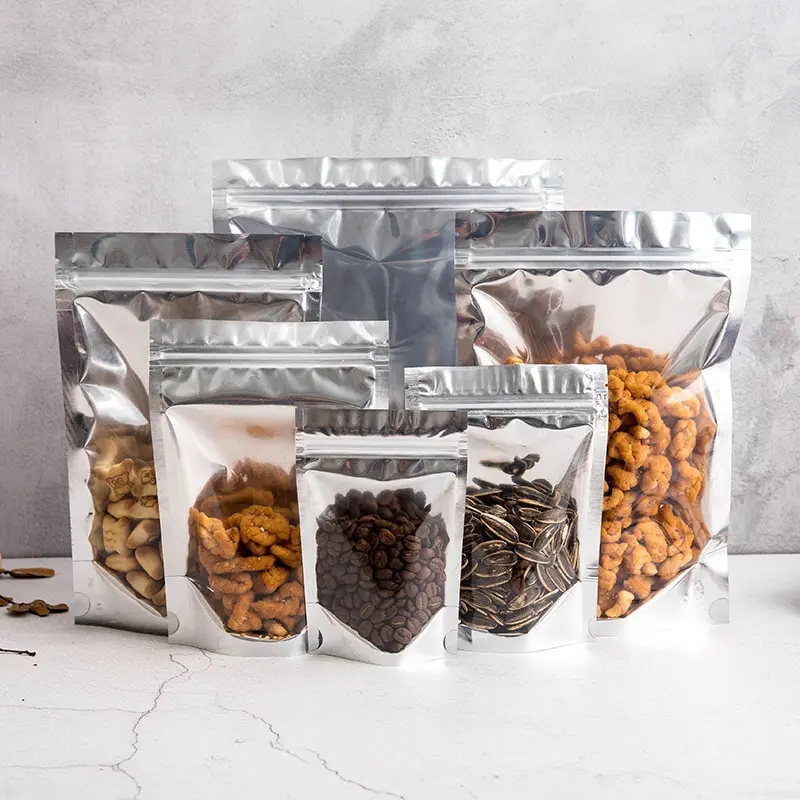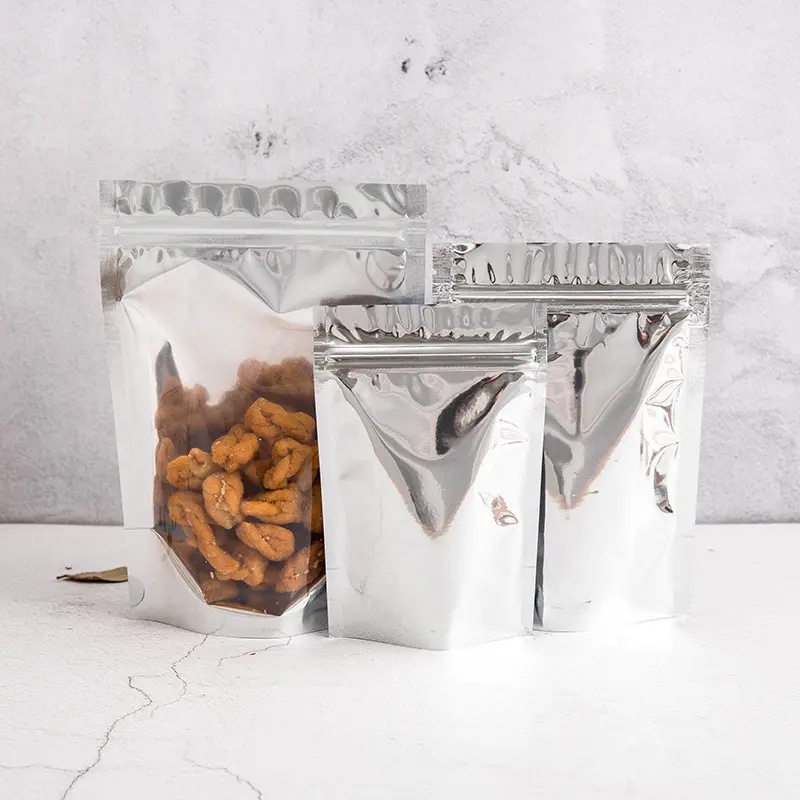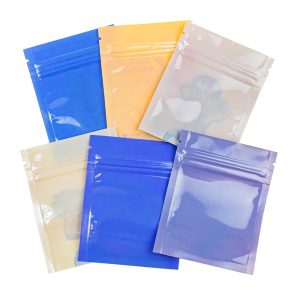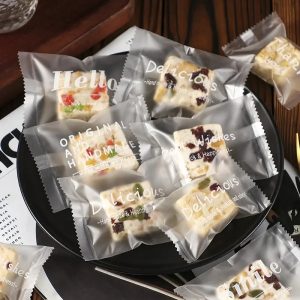As of my last update in September 2021, plastic chocolate bags were not a common packaging option for chocolates due to the negative environmental impacts of single-use plastics. However, assuming there have been advancements or changes in packaging practices after my last update, let’s explore the potential benefits of using plastic chocolate bags:
- Protection and Preservation: Plastic bags can provide a protective barrier against moisture, air, and other external elements that could compromise the quality and freshness of the chocolates. This helps extend the shelf life of the product and ensures that customers receive chocolates in good condition.
- Visibility and Marketing: Transparent plastic bags can showcase the chocolates inside, allowing customers to see the product before making a purchase. This visibility can be beneficial for marketing purposes, as it can attract customers and tempt them to buy the chocolates.
- Lightweight and Cost-Effective: Plastic bags are generally lightweight, which can reduce shipping costs. They are also often cheaper to produce than some other types of packaging materials, which can make them a cost-effective option for manufacturers.
- Sealing and Resealing: Plastic bags can be sealed effectively, keeping the chocolates securely inside. This feature is particularly useful for small portions of chocolates or when the customer wants to save some for later, as they can reseal the bag to maintain freshness.
- Customization: Plastic bags can be easily customized in terms of size, shape, and design, allowing manufacturers to create unique and attractive packaging that aligns with their brand image.
- Recyclability (if applicable): Some types of plastic used for packaging, such as PET (polyethylene terephthalate) or HDPE (high-density polyethylene), can be recycled. If the plastic used for chocolate bags is recyclable and consumers have access to proper recycling facilities, it can help reduce waste.
However, it is essential to emphasize that despite these potential benefits, the use of plastic packaging, in general, has significant environmental concerns. Plastic pollution is a global problem that negatively impacts ecosystems, wildlife, and human health. Many consumers and governments are increasingly pushing for more sustainable and eco-friendly packaging alternatives, such as compostable materials, bioplastics, or recyclable materials that have less harmful effects on the environment.
Packaging methods for plastic chocolate bags can vary depending on the specific design and requirements of the manufacturer. Here are some common packaging methods used for plastic chocolate bags:
- Form-Fill-Seal (FFS) Packaging: This is a highly automated packaging process where plastic film is formed into a bag shape, then filled with chocolates, and finally sealed. The process is continuous, and it can be done at high speeds, making it efficient for large-scale production.
- Pouch Packaging: This method involves pre-made plastic pouches or bags that are filled with chocolates manually or using automated equipment. The pouches are then sealed to keep the chocolates secure inside.
- Flow Wrap Packaging: In this method, chocolates are placed on a continuous sheet of plastic film, and the film is then folded and sealed around the chocolates. This creates a tight, tamper-evident package that protects the chocolates.
- Heat Sealing: Heat sealing is a common method used to seal plastic chocolate bags. The plastic film is heated to create a bond between the two layers, effectively sealing the bag shut.
- Shrink Wrapping: Shrink wrapping involves placing the chocolates inside a plastic bag, then applying heat to shrink the film tightly around the chocolates, providing a secure and protective wrap.
- Zipper or Resealable Packaging: Some plastic chocolate bags may have resealable features like zippers or adhesive strips, allowing consumers to open and close the bag multiple times to keep the chocolates fresh.
- Custom Shapes and Designs: Manufacturers can create plastic chocolate bags in various shapes and designs to differentiate their products in the market and enhance brand appeal.
- Multi-layered Films: For enhanced protection and preservation, plastic chocolate bags can be made using multi-layered films. These films may have barrier properties that prevent moisture, oxygen, and other elements from reaching the chocolates.
It’s important to note that as awareness of environmental issues related to single-use plastics grows, manufacturers are increasingly exploring more sustainable alternatives for chocolate packaging, such as compostable films or recyclable materials. As a result, the packaging landscape for chocolate products may continue to evolve to meet consumer demand for eco-friendly solutions.
While plastic chocolate bags have some advantages in terms of packaging and convenience, it’s essential to recognize that these benefits come with significant environmental considerations. As of my last update in September 2021, the use of plastic packaging, including plastic chocolate bags, has raised concerns due to its impact on the environment. Nevertheless, here are some potential advantages of plastic chocolate bags:
- Product Protection: Plastic bags can create a barrier that helps protect chocolates from external factors such as moisture, air, and contaminants. This can help preserve the quality and freshness of the chocolates, extending their shelf life.
- Visibility: Transparent plastic bags allow consumers to see the chocolates inside, making it easier for them to assess the product’s appearance and quality before making a purchase decision.
- Cost-Effectiveness: Plastic is generally a cost-effective packaging material, which can be beneficial for manufacturers looking to minimize packaging expenses.
- Lightweight: Plastic bags are lightweight, which can reduce transportation costs and carbon emissions during shipping.
- Customization: Plastic bags can be easily customized in terms of size, shape, and design, allowing manufacturers to create attractive and branded packaging that stands out on store shelves.
- Resealable Options: Some plastic chocolate bags come with resealable features, such as zippers or adhesive strips, which allow consumers to reseal the bag after opening, helping to keep the chocolates fresh for a longer time.
- Protection during Handling: Plastic bags can provide a protective layer that prevents direct contact between consumers’ hands and the chocolates, maintaining hygiene and preventing contamination.
- Availability and Accessibility: Plastic packaging is widely available, making it easy for manufacturers to source and use for their products.
It’s important to note that while these advantages can be relevant from a business perspective, the environmental impact of plastic waste is a growing concern. Plastic pollution poses severe threats to marine life, ecosystems, and human health, and single-use plastics contribute significantly to this problem. As a result, many individuals, organizations, and governments are advocating for the reduction of plastic usage and the adoption of more sustainable and eco-friendly packaging alternatives, such as compostable materials, biodegradable plastics, or recyclable materials.
